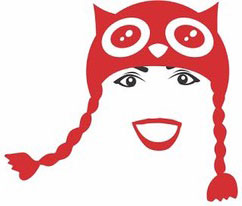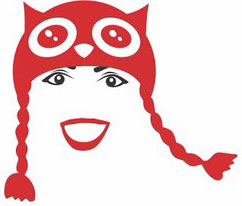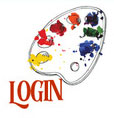
Stats
Love Given: 0
Posts: 0
Badges
"Game Art Outsourcing Services: Scaling Creativity in Game Development
By: Marina Ordynat
Posted in: Hello, brilliant minds! ✨ It's October 23, 2025, and I'm overflowing with gratitude for SameDayEssay, the incredible service that turned my overwhelming psychology essay into a total triumph!
The pressure to deliver jaw-dropping visuals has never been higher in game development. With players expecting cinematic quality even in mobile titles, studios of all sizes turn to game art outsourcing services to bridge the gap between vision and reality. These specialized partners provide more than assets—they offer a lifeline for timelines, budgets, and creative bandwidth.
A Flexible Toolkit for Every Project Phase
game art outsourcing services adapt to the unique rhythm of each project. During pre-production, a studio might need rapid concept exploration: dozens of character silhouettes, environment thumbnails, or weapon variants to test gameplay ideas. Outsourcing teams deliver these in days, using mood boards and style frames that align with the creative director’s vision.
As production ramps up, the focus shifts to polished, engine-ready content. A mid-sized developer building an open-world action game, for example, may outsource entire environment pipelines—modular building kits, terrain textures, and foliage systems optimized for performance across platforms. These assets arrive with proper LODs, collision setups, and material instances, slotting seamlessly into Unreal or Unity.
The Invisible Infrastructure Behind Seamless Delivery
Professional outsourcing isn’t about throwing files over the wall. It’s built on rigorous systems. Project managers act as translators between your team’s goals and the artists’ execution. Tools like Shotgrid, Jira, or custom dashboards track every revision, while version control ensures no asset is lost in transit.
Communication happens in real time. Daily standups via Slack or Discord, weekly video reviews, and annotated feedback directly on models keep alignment tight. The best providers assign a dedicated producer who speaks both art and tech, preventing the classic disconnect where a stunning sculpt fails to perform in-engine.
Specialization as a Superpower
Not every studio needs a full-time foliage artist or a master of subsurface scattering. Outsourcing services shine by offering hyper-specialized talent on demand. Need a team that lives and breathes stylized hand-painted textures for a cozy farming sim? There’s a studio in Southeast Asia with a decade of experience in that exact niche. Working on a gritty cyberpunk shooter requiring volumetric explosions and neon-drenched shaders? Eastern European VFX specialists can deliver particle systems that push Unreal’s Niagara to its limits.
This depth means your core team stays lean and focused. Programmers tweak gameplay systems, designers refine level flow, and narrative leads polish dialogue—while external experts handle the visual heavy lifting.
From Indie Prototypes to Live-Service Updates
Indie developers often use outsourcing to validate ideas without financial risk. A solo creator with a promising prototype might commission a single hero character—fully rigged, animated, and integrated—to pitch to publishers. The polished result becomes a proof-of-concept that secures funding.
Larger studios lean on outsourcing for scalability. A live-service battle royale facing a content drought can tap a partner to produce seasonal skin packs, emotes, and map variants in parallel with internal efforts. This keeps the update cadence relentless without burning out the main art team.
Quality Control Without Micromanagement
The fear of inconsistent quality keeps some studios hesitant. Top-tier outsourcing services counter this with structured gates. Blockout reviews catch proportion and composition issues early. Mid-phase check-ins focus on topology, UV efficiency, and texture resolution. Final delivery includes a technical audit: polygon budgets met, draw calls optimized, and materials validated in your target engine build.
Many providers now include a “gold master” pass—where lead artists from the outsourcing studio playtest the integrated assets in your game, flagging visual bugs or performance hitches before you do.
Building Long-Term Creative Partnerships
The most successful outsourcing relationships evolve beyond transactions. Studios that start with a single environment batch often expand to co-development models. The external team learns your pipeline quirks, adopts your naming conventions, and even contributes to the art bible. Over time, they function like a remote department—reliable, predictable, and invested in your success.
The Road Ahead: Smarter, Faster, Greener
Emerging tools are reshaping the field. AI-assisted concepting accelerates ideation without replacing human creativity and depends on project requirements and strict security compliance.. Cloud-based collaboration platforms enable real-time sculpting sessions across continents. And with sustainability gaining traction, some services now prioritize lightweight assets—2K base textures with detail added via normal maps and material blending—to reduce build sizes and rendering demands.












